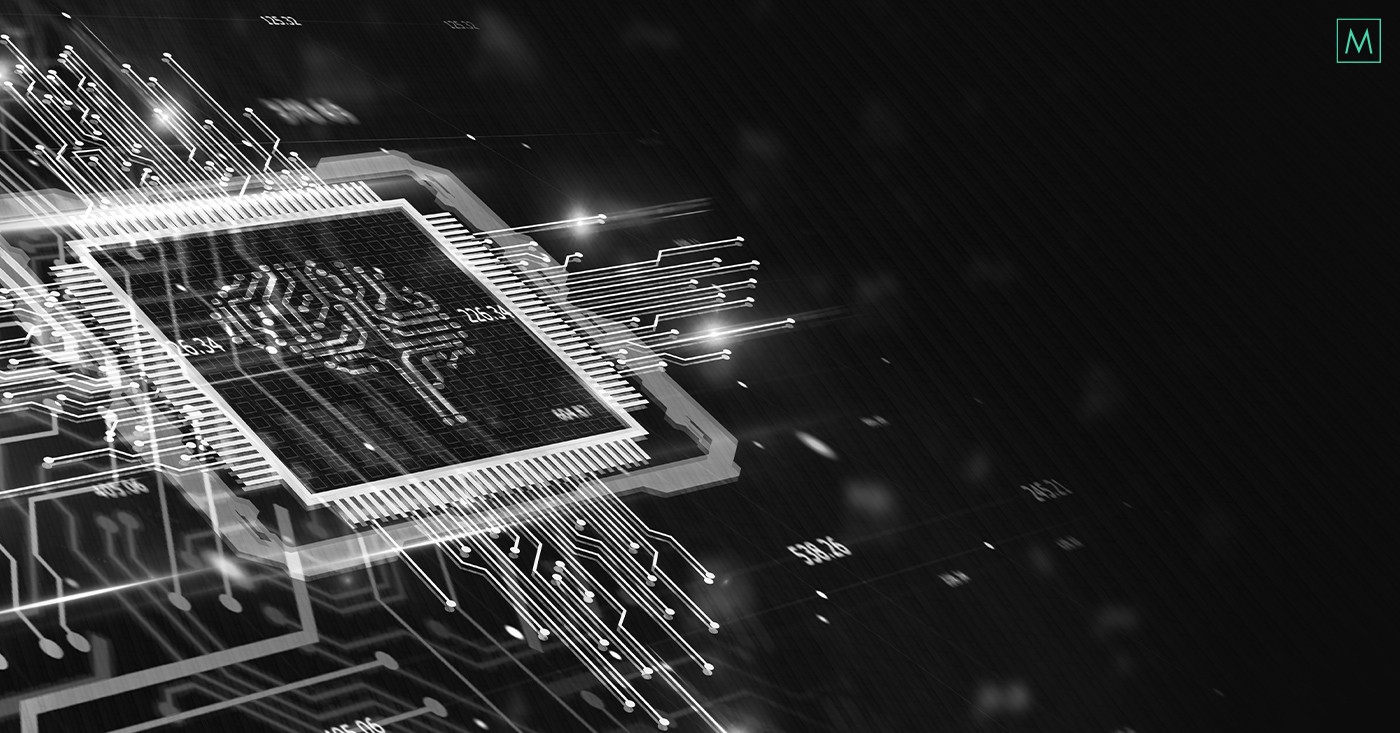While AI can be applied to varied use-cases, social media is one segment where it has become a major catalyst for companies to grow. From small to large scale, businesses are adopting AI in their social media marketing practices at a faster pace.
There is no doubt that AI is transforming how brands use social media and it is the reason why this segment is expected to grow from $633.1 million in 2018 to $2,197.1 million by 2023 (at a Compound Annual Growth Rate of 28.3% during the forecast period).
Influencer marketing is one of the fastest-growing areas of marketing. Mostly, influencers are sharply segmented by niches, which makes them a perfect marketing tool for brand promotion. And having a competent personalized marketing strategy, it is possible to promote anything from a product or service to a personal brand.
Influencer marketing may be costly enough, but the conversion will be much higher than from a short-term renting of a place for an ad. Yet, companies need to go about vetting influencers carefully to make sure their investments will pay off.
For that reason, adopting artificial intelligence for influencer marketing offers meticulous speed, accuracy and efficiency. By automating influencer search and analytics, brands can retrieve digested information on where and whom to look for in the sea of influencer profiles.
As the hype for influencer marketing is rocketing right now, we want to shed some light on the role AI plays in it.

Virtual influencers
To understand the virtual influencer business opportunity, we need to understand Lilmiquela. She is a freckly Brazilian 19-year-old who lives in Los Angeles. 80,000 people stream her songs on Spotify each month, and she counts Prada among her clients. She has 3m followers on Instagram and counting.
She was created in 2016 by Brud, a startup in LA which specialises in CGI, artificial intelligence, and robotics. Until 2018, Brud allowed Lil’s followers to believe she was real, and then they staged her “kidnap”, using another avatar, called Bermuda. A Trump-supporting “robot supremacist”, Bermuda accused Lil of being a “fake ass person” and said she could not have her account back until she told the world the truth… Brud is now said to be worth $125m.
Let’s look at the stats. According to an October 2020 report from HypeAuditor — an AI-powered Instagram account authenticity checking platform — virtual influencers experience nearly three times more engagement than their physical counterparts, with females in the 18–34 age range by far the most likely to engage. And in the UK, Influencer Matchmaker claims that 54% of all consumers find virtual entities appealing on some level.
On the face of it, this seems bizarre. Why would people be more engaged with an openly fictional avatar than with a real person? Maybe because we’re all a lot more savvy and cynical about the nature of influencer marketing now — we know it’s not authentic. We know they’re being paid to endorse things they might have no interest in, so why not ramp up the artificiality by making the influencer artificial as well? At least it’s honestly fake.
There are, of course, some downsides to virtual influencers. For a start, the upfront costs of building a realistic 3D model can be very high, not to mention the skills needed. And if you don’t get it quite right, you run the risk of entering the uncanny valley, that uncomfortable sensation people experience when they interact with something that’s not quite human enough.
Like the rest of digital marketing, influencers — and the agencies which monetise them — are here to stay and grow in 2021. The constant sparring of their AIs, their algorithms and their data, with those of the social media platforms, will continue to improve their effectiveness and their efficiency.
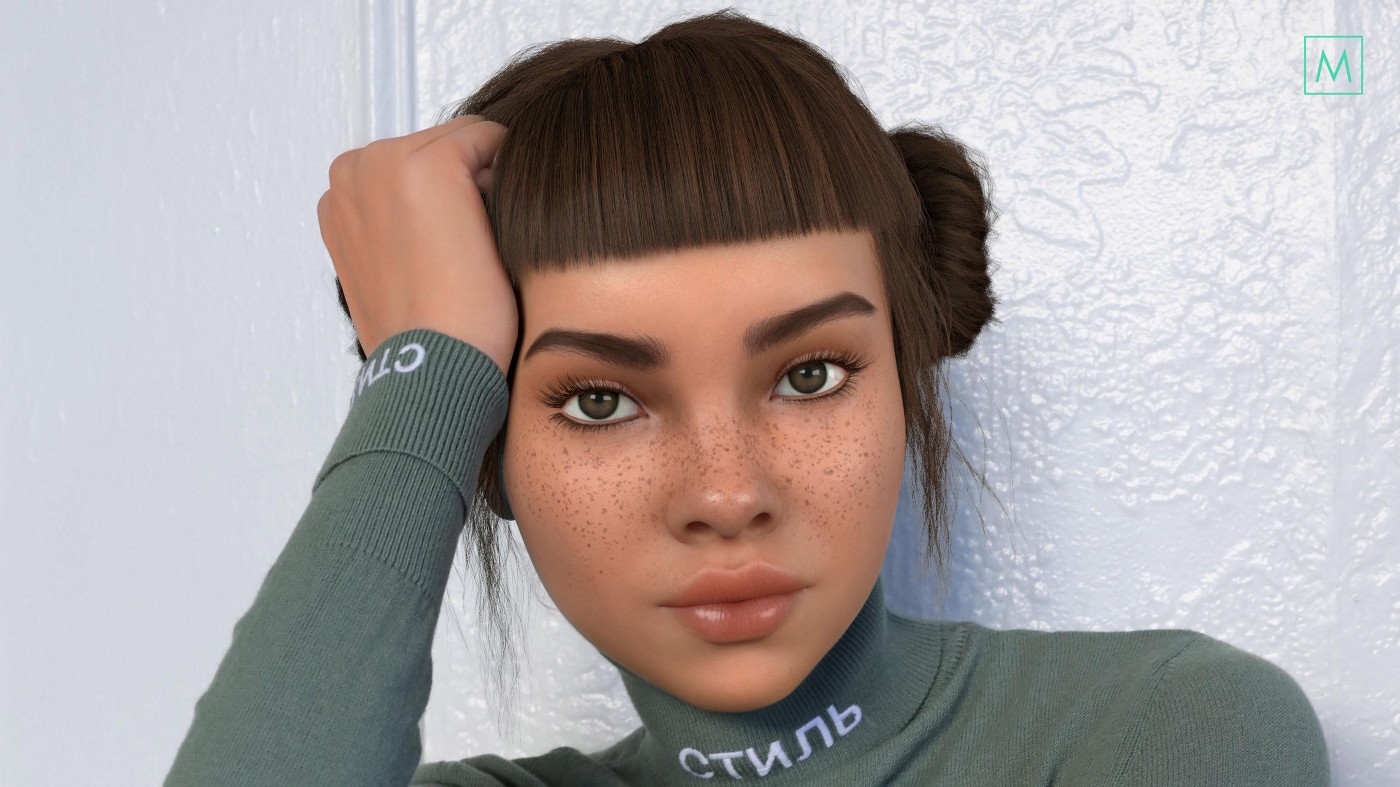
AI-powered influencer platforms
AI powered-platforms have proven to be excellent tools for matching brands with the right influencers. Clearly, finding the right influencers is a time-consuming task. But with AI-powered systems, the marketer’s job can definitely be simplified.
Through this, marketers can collect all the data they need to make decisions, identify trends, and pick influencers that are best suited for them, just in a fraction of time. Not just this, AI makes it easy to distinguish between computer-generated and real-life influencers by allowing a pattern/footprint analysis amongst the followers.
Nestle is a classic example demonstrating immense success through AI-driven influencer marketing platforms. To spread awareness about the brand, Nestle Pure Life intended to connect with people who could share their heartwarming experiences on how receiving guidance from regular women who were mothers and grandmothers helped them.
For this, Nestle partnered with AI-powered influencer marketing platform — Linqia to identify the right influencers on different social media platforms including Instagram, Facebook, Pinterest, Tumblr and Google+. The chosen influencers created more than 7,500 social stories and garnered 22 million impressions and the campaign also encouraged over 50,000 audience members to share their own stories about how their mother figures have inspired them and built their confidence.
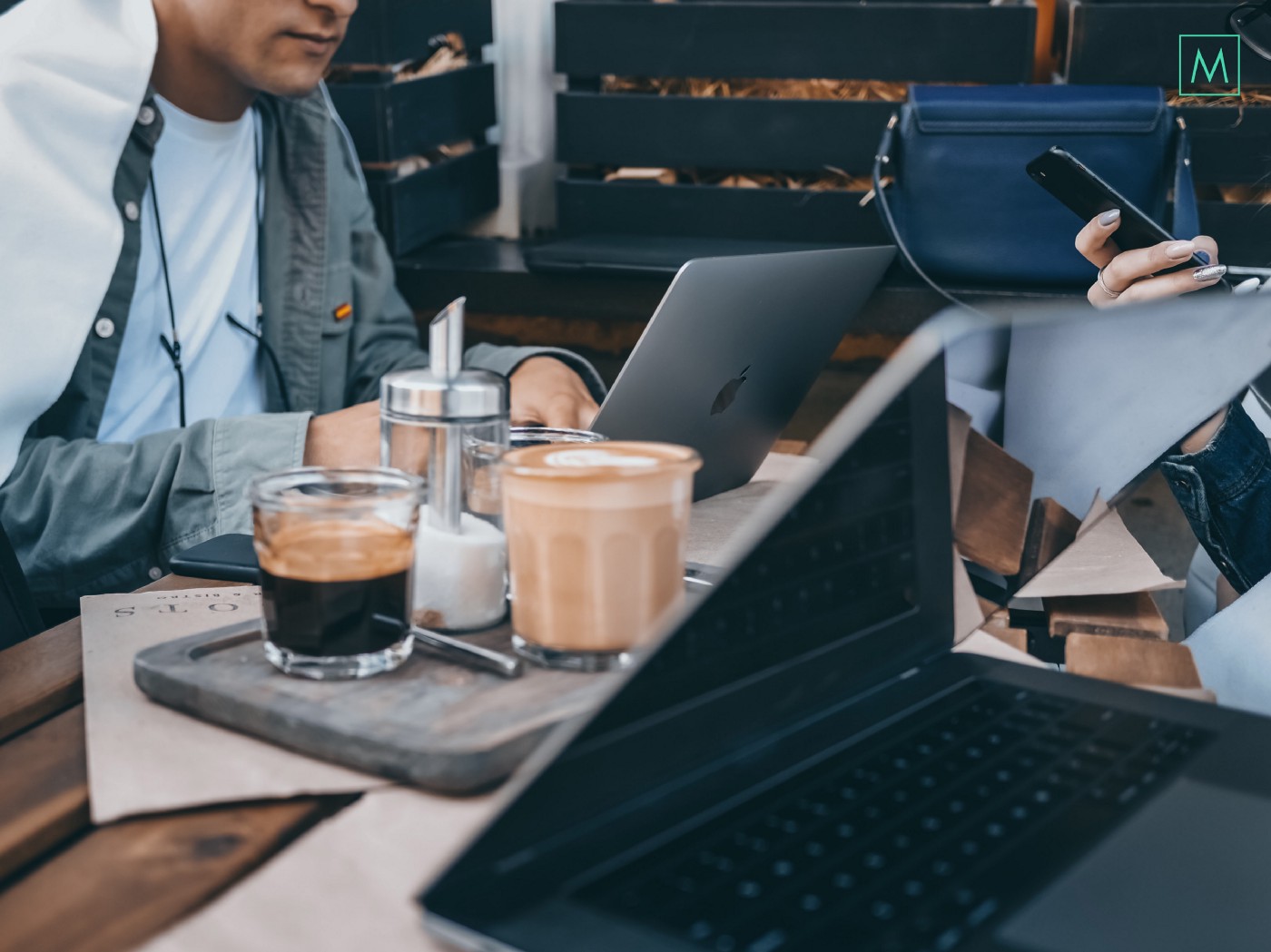
Spotting the Right Influencers
AI influencer marketing systems can analyze various data from an influencer’s social media profile. This involves the application of Natural Language Processing (NLP) to evaluate every piece of content posted by them. It helps determine if their online persona and style resonate with your brand’s image. This, in turn, ensures that you collaborate with the most relevant influencers whose audiences are likely to engage with your brand.
The biggest advantage of AI influencer marketing lies in its scalability. You can use AI-powered systems to analyze multiple influencers across various social media platforms. You can even evaluate the performance of influencers based on the language they use in their posts. Besides, you can also determine whether an influencer is capable of helping you achieve your end goals.
This can be done by analyzing various metrics including the reach and engagement metrics of individual posts. Automating this step helps you save time and resources that can be utilized for more important tasks such as ideation and content creation.
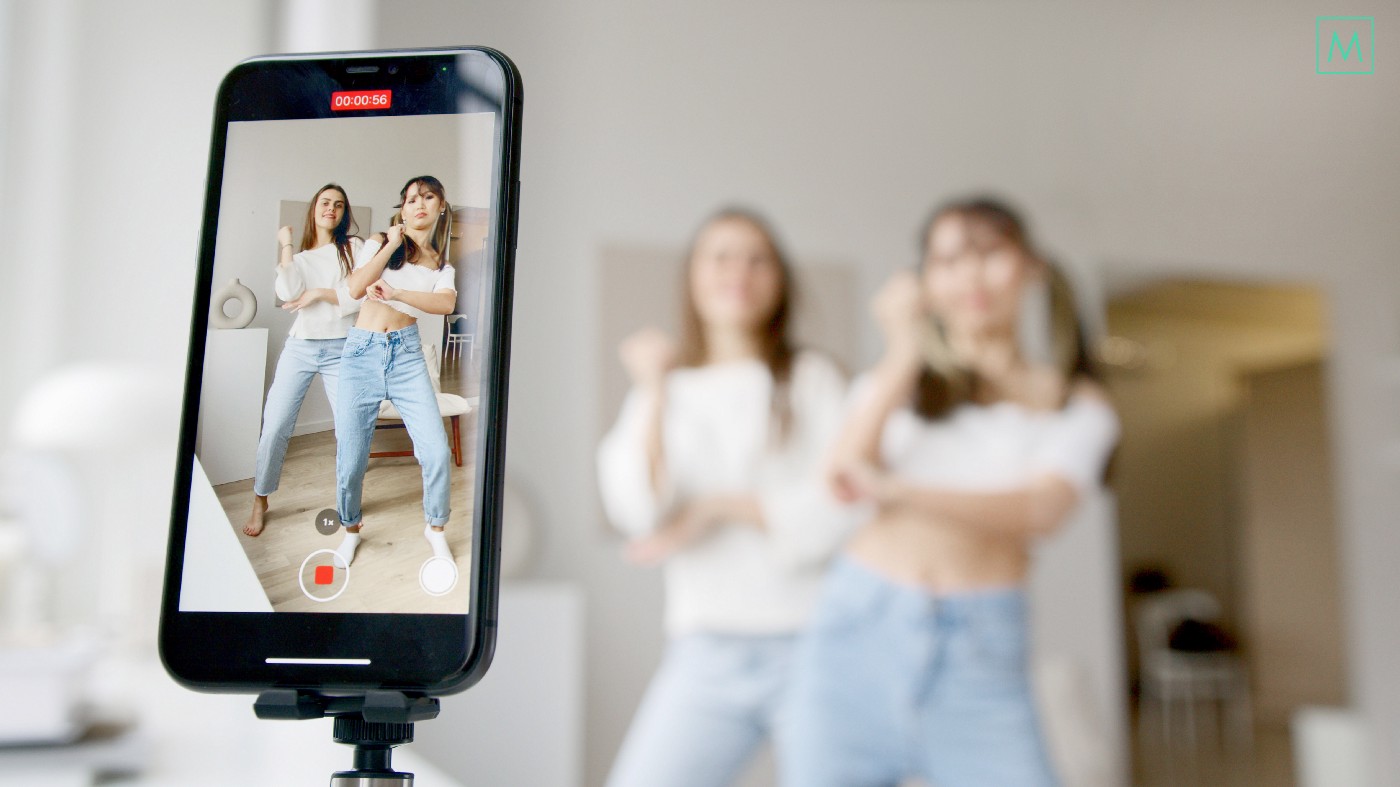
Determining the ROI of Influencer Marketing
Calculating the ROI of an influencer marketing campaign is a significant challenge. Collecting and analysing engagement metrics from social media platforms is one thing but converting this into value in terms of overall revenue is far more difficult.
AI enables regression analysis of key results versus hundreds of inputs. It does this through algorithms that can draw correlations from metric blends, find strong correlations between those blends to impactful metrics, and use those models to predict future performance. Because every creator, brand, and campaign are different, this would take humans years to do.
Another way in which AI can predict ROI is through dynamic, narrow (persona-based) performance benchmarking and forecasts. Where a creator’s success is anomalous — for example, due to the locality and seasonality of a particular campaign — marketers need to be able to rely on AI, which has the bandwidth to consider micro-variables at this level. Similarly, with dynamic, broad (industry) benchmarking and forecasts — only a machine can deal with the mass amounts of big data and inputs when crunching more generalized, top-level insights.

Determining influencer’s incentives
After all, determining an influencer’s fees can be quite ambiguous. However, by using Artificial Neural Networks (ANN) influencer marketing systems powered by artificial intelligence can draw historical data from various influencers and predict the effective level of incentives that would work best to encourage an influencer to post.
Even more, they can automatically offer that incentive at the time when the influencer is most likely to post. This AI-system takes into account all types of influencers ranging from nano influencers to celebrities with a huge follower base.
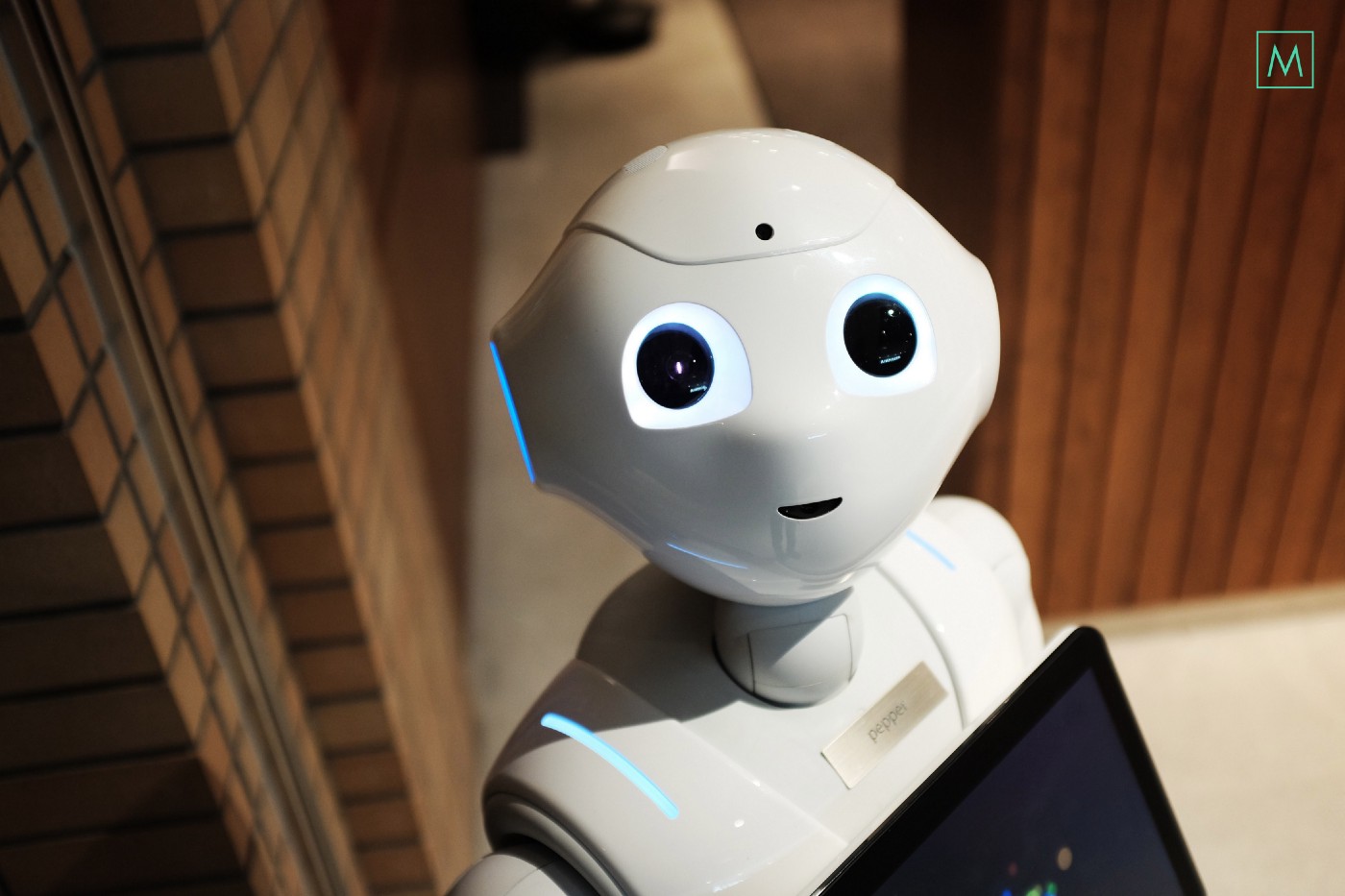
Conclusion
Marketing is an ever-changing field best navigated with all the right tools, two of which are influencer marketing and AI. Brands are inevitably scouring AI technologies to enhance their influencer marketing strategies. After all, this is not just about analyzing engagement and audience metrics, it is also about assessing the unstructured data that is essential for the marketers to meet their marketing goals.
As can be seen clearly, AI is changing the way brands perceive influencer marketing. The real advantage of AI influencer marketing lies in its meticulous speed and accuracy that helps in driving the campaign to an unmatched level. With the strategic combination of the human face to brands and the intelligent algorithms that understand past actions and predict future trends, marketers will be able to conquer the advertising game in the swiftest way possible and reap the profits.
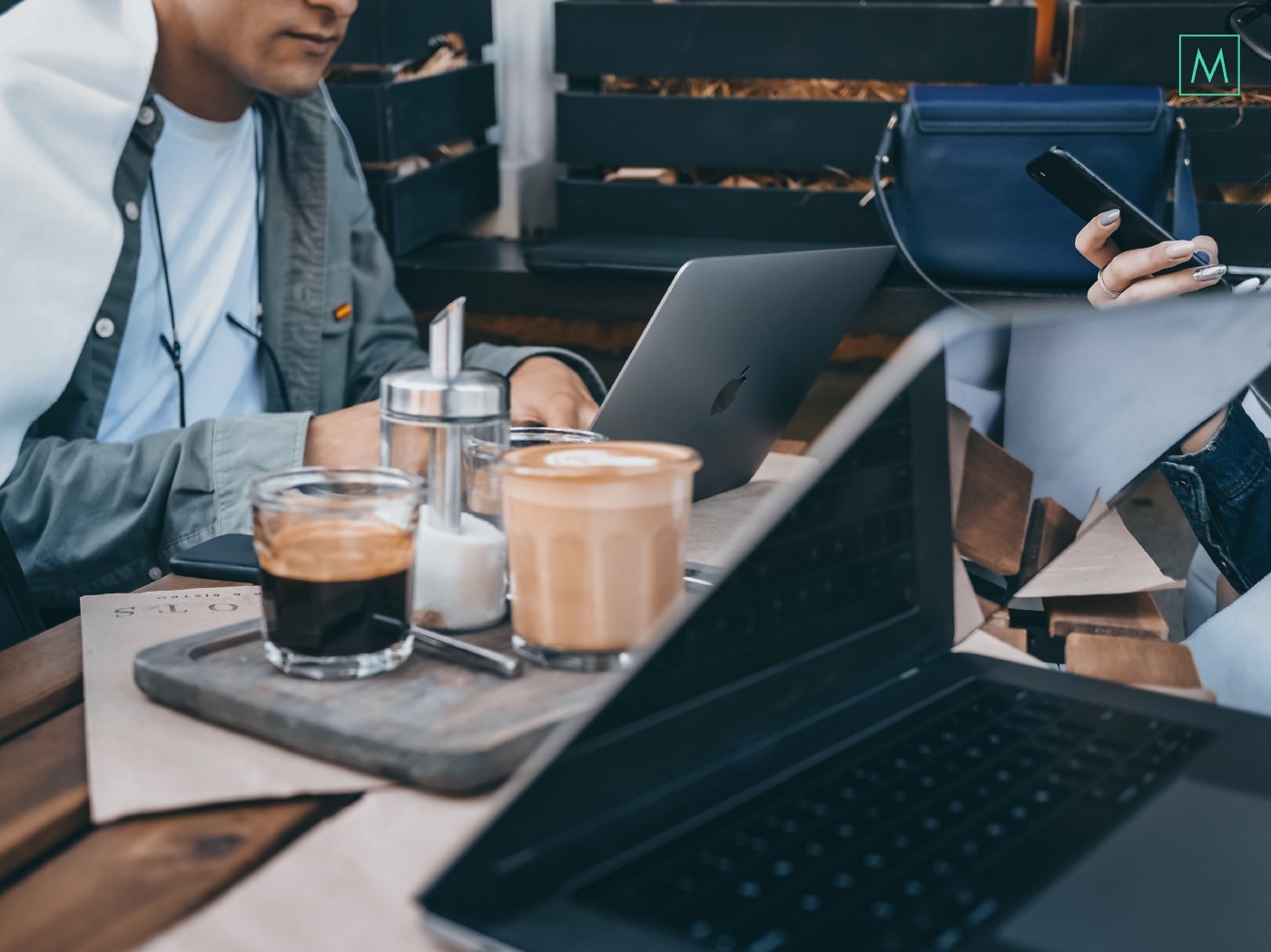
Conclusion
Marketing is an ever-changing field best navigated with all the right tools, two of which are influencer marketing and AI. Brands are inevitably scouring AI technologies to enhance their influencer marketing strategies. After all, this is not just about analyzing engagement and audience metrics, it is also about assessing the unstructured data that is essential for the marketers to meet their marketing goals.
As can be seen clearly, AI is changing the way brands perceive influencer marketing. The real advantage of AI influencer marketing lies in its meticulous speed and accuracy that helps in driving the campaign to an unmatched level. With the strategic combination of the human face to brands and the intelligent algorithms that understand past actions and predict future trends, marketers will be able to conquer the advertising game in the swiftest way possible and reap the profits.



